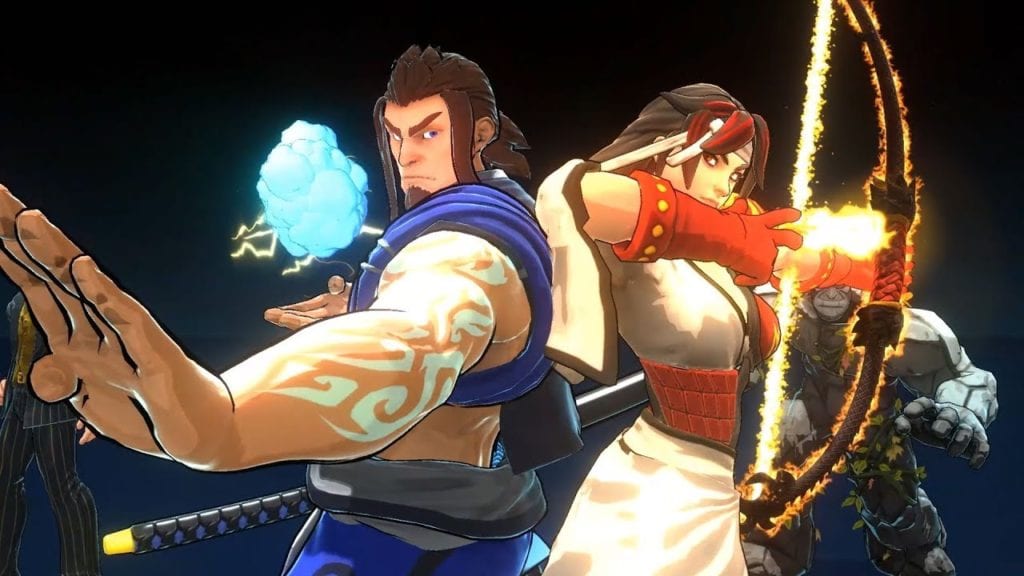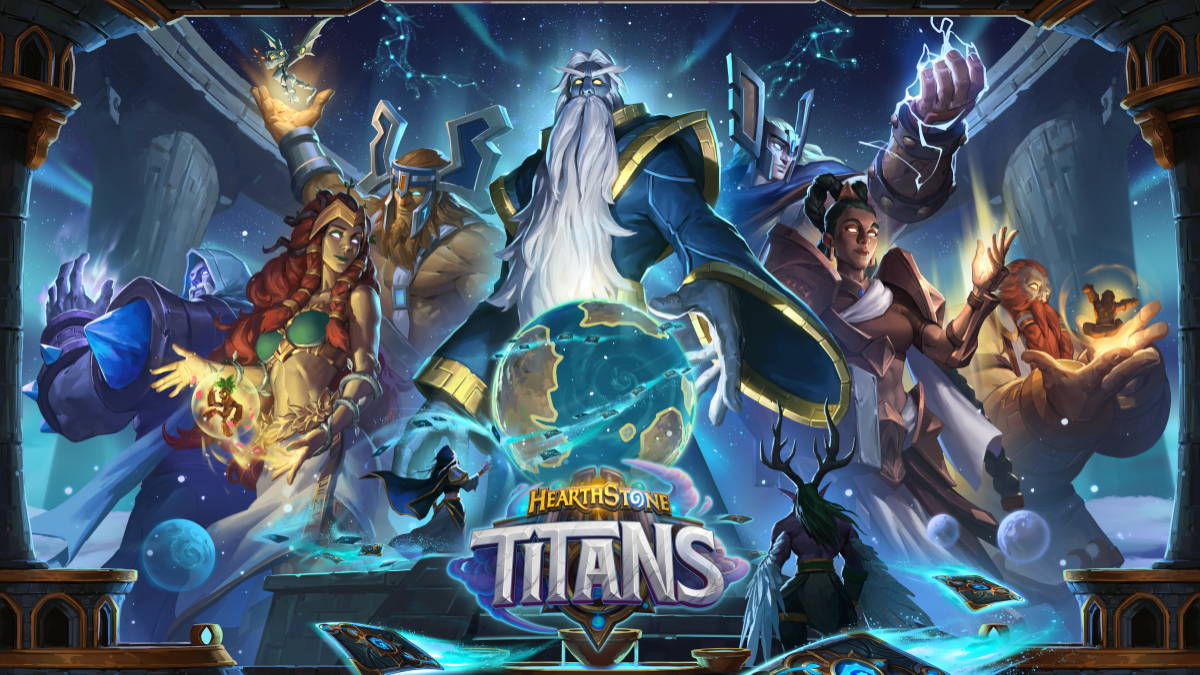David Sirlin is known as the lead designer of Super Street Fighter II Turbo HD Remix and the man behind the balance changes, but he’s also known for an unintentional furore over Street Fighter IV, his incredible prowess with fighting games, and his website – Sirlin.net – which contains a series of essays on game balance, playing to win, and a lot more. Currently focusing on his Yomi card game, we thought it was high time we caught up with Sirlin to ask a lot of questions.This first part of our interview focuses on the history of Street Fighter and the vanishing arcade culture. Check back tomorrow for talk on Super Street Fighter II Turbo HD Remix and a whole lot more.
You’re perhaps best known as a fan of arcade games to the extent that you’ve taken part – and, on occasion, succeeded quite magnificently – a number of tournaments, but also as an expert on balance. Was there some sort of spark when you played Street Fighter for the first time?
Street Fighter 1, I liked it at the time even though it was clunky. I used to keep track of how many times I had beaten Sagat, the final boss. Street Fighter 2 was, of course, a huge jump in that it got people interested in playing against each other, and in learning more and more techniques and tricks and so forth. I remember thinking “Wow, they really let people do the special moves now. It was so hard to fireball in Street Fighter 1.”
When I first discovered SF2, there was a cast of arcade “characters” immediately. A friend and I referred to one guy as “Dhalsim Master.” How did he do it? He seemed so good! And then another guy actually looked like Guile in real life. He later went on to work at that arcade and had a name tag that said “Guile.” At one point, my friend and I found ourselves in his car, on the way to some other arcade. We thought that was awkward because we weren’t actually friends with him, so it seemed surreal. Then we noticed his car’s sound system was labelled “Sonic Boom” and that’s for real. He was one of the best Guile players in my area, too.
That’s incredible. Did he try to make himself look like that, or…? The “Sonic Boom” makes me wonder.
It’s just coincidence that his face looked a bit like Guile’s but he seemed to try to make himself look even closer. (Laughs) And apparently, “Sonic Boom” is a brand of car stereo.
I’m pretty much rephrasing what I said before, but when it came to Street Fighter 2 – did you grow into the genre as time went on, or was it love at first sight?
I was into SF2 from the beginning. I had to figure out how to beat Dhalsim Master and The Zangief Guy, and so on; no other arcade game had a culture like that. Like, I met a guy who was pretty good at Gauntlet, and I learned I could unplug the game Gauntlet 2 and the first play through would always have an special powerup potion on level six – but that’s about the extent of it. Nowhere near the instant culture that surrounded Street Fighter 2. Not to mention the game itself was good.
Which does tend to help. Considering all of this, then – do you think the decline in arcade culture is a real shame? I know it’s still reasonably strong in Japan, but in the UK at least, arcades are nowhere near the level of popularity they used to have, and to the best of my knowledge it’s the same in the US.
Japan is physically much smaller than the US, and that alone helps arcades there – you are never so far away from opponents as we are here – but arcades also did plenty to kill themselves. The business was based on having more and more expensive hardware that you can’t have at home, but home consoles got better and better and starting having pretty amazing graphics themselves. Arcades should have realized they were marketing entirely the wrong thing. Their strength was that they are a social gathering place for gamers, not that they have expensive hardware, and I think it took far, far too many years for most to realize that. By then, their ship had sailed.
It’s a thought I’ve often had, actually, that there’s a niche in the market for a social gathering place for gamers – some sort of “new arcade.” But I do wonder if it’s even possible now, with socialising over the internet, and various other methods.
I tried to do it six years ago, and in trying to do it, I learned why there are so few gathering places. The reason I never did start that gaming centre was simply that I could not get a lease anywhere in the entire Bay Area of California. You’d think that might be because of some stigma surrounding games but really, it was unusual to even get to the point where that stigma even mattered. It seems that people who rent commercial property care about these things:
1) Have you run a retail business before? No matter what in the world you’re trying to do, this matters a lot.
2) Are you Starbucks or Jamba Juice? If so, you are in. Not a joke.
3) Are you a cell phone store? Also, instant approval.
But the kiss of death is something called “assembly space.” That is the type of space where people are expected to go to your business and, gasp, stay there for a while. That means taking up extra parking spaces, getting a permit with the city so the police know to devote extra resources there… No-one wants to deal with assembly space. In fact, outdoor malls that have a grocery store are almost always in the situation where the grocery store pays the most rent and can demand things. Specifically, they demand that no businesses in the same mall are allowed assembly space (as it would take up their parking lot.) The bottom line is that American land owners basically don’t want people to socialize because it’s bad for business. Why can’t you open a nice cell phone store? Speaking of Starbucks, though, I followed their company history for awhile, and the founding of the Starbucks you know today is actually very relevant to our discussion.
Do tell…
That company originally sold coffee in bags, not brewed coffee in cups. This guy named Howard Schultz sold supplies to various retailers and he noticed a company in Seattle bought more of this certain coffee equipment than anyone else, so he went to investigate and found out they bought so much coffee equipment because they were damn good at making coffee and everyone around knew it. He ended up leaving his job to work there. Fast-forward a bit and Mr. Schultz went to Europe and he experienced first-hand how people drink coffee there – in a social setting. Baristas know your name, they give you free drinks if you’re new and help you find what you like. Coffee houses are a culture, rather than something with a stigma, and Howard called this “the third place.” People need a “third place” away from home and work, so they can relax. It took Howard a lot of effort to prove this idea could work here. It’s a tangled story where he finally had to leave Starbucks to do it, then start another company called Il Giorno, then buy the name Starbucks from his previous employer! Anyway, he became CEO of what you know as Starbucks and he certainly proved his point beyond any doubt. Coffee drinkers have a third place. For the most part, gamers do not. The third place was the core concept of my gaming center, the one that never happened because apparently retail space owners want anything but a third place. (Laughs)
So was there any particular way you were planning on incorporating the third place in?
It’s just the recognition that that is the purpose of the business, and I think a lot of decisions flow from that. I mean, it’s not about equipment. Sure, you need good equipment, but it’s about making it a relaxing place to hang out, so every detail from what kind of furniture, to the logistics of how people pay has to take into account “this is a place to hang out.”
Okay, so going back to the heady days of arcade-based Street Fighter 2. Was this around the time you started entering tournaments, or did that come later?
There were not that many at the beginning, though I did enter them. There was a pretty clear division between those who played the game “seriously” and those who didn’t so much. I was good enough to beat anyone who was not a pro but amongst the pros, I was one of the weakest players.
When was it you started to improve past that? I’m assuming practice played a large part, but you’ve won tournaments since; were there any early victories?
The tournaments were mostly local to Sacramento, where I grew up. Two hours away was Sunnyvale, and that’s a really long way away when you are that young, but Sunnyvale had an even stronger community of even better players – and then many hours south of that is Los Angeles, with yet another group of strong players. So at first it was mostly just playing within my own city, although Capcom held a pretty monumental tournament that had qualifiers in LA and in Sunnyvale, then grand finals at Sunnyvale. It gave us all a sense of those other ponds, but it took quite a while for me to be in any position to win anything though.
Another big shift was when I went to school at MIT. That’s the East Coast of the US, so the other side of the country, over 3,000 miles away. Little did I know that all my training in California, even though I was not one of the best players there at all, was enough to be probably the best Super Turbo Street Fighter player on the East Coast at the time.
An interesting side note is that these two guys named Sam and Joel [Frank, who later joined the Magic: The Gathering Pro Tour], also East Coast players, were tired of everyone saying how great they were, so they issued a challenge that they would drive directly to you – anywhere on the East Coast – and expose your bad play skills, if only you claimed you could beat them. They did drive around and beat down many. Then they came to MIT, and I think it was almost a sense of relief that we beat them. Finally, they could stop travelling. From then on, they visited MIT and played us many times.
The wandering fighters looking for a superior opponent makes me think of Ryu, actually. You mention “exposing bad play skills.” Did this factor into your later piece on playing to win?
Ha, yes. I’m not sure their travels factored in, so much, although Joel did teach me one thing. Maybe we can call it Joel’s Lesson. He said that when you play against someone and beat them, and immediately realize you are just way better, there is some natural tendency to just mess around at that point – just play some silly character and see if you can win like that – but Joel said if you do that, the opponents won’t understand how outclassed they are. If you beat them 80-20, they will falsely remember it as “about even.” So he said no matter how boring it is, try to beat new opponents 100% with no losses until they get past their egos. I don’t know if I really touched on that in Playing to Win, but it seems somehow relevant.Check back on Monday 27 July for the second part of our interview with Sirlin, which focuses on game remakes, how to balance, and Super Street Fighter II Turbo HD Remix.







Published: Jul 23, 2009 08:48 am